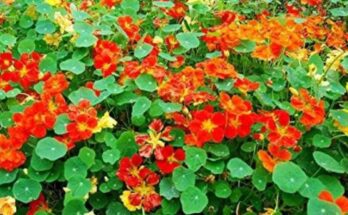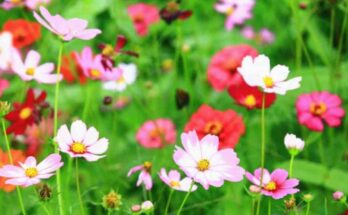Introduction to ZZ Plant
The ZZ plant, scientifically known as Zamioculcas zamiifolia, is a popular indoor plant cherished for its attractive appearance and minimal care requirements. Native to Eastern Africa, specifically Kenya, Tanzania, and parts of East Africa, this resilient plant has gained popularity worldwide due to its ability to thrive in low light and drought conditions. Its unique appearance and easy maintenance make it a favorite among both novice and experienced plant enthusiasts.
Botanical Characteristics
The ZZ plant belongs to the family Araceae and is characterized by its glossy, dark green leaves that grow in a distinctive feather-like pattern along thick stems. Each leaflet is pinnate with numerous pairs of glossy, oval-shaped leaflets that can grow up to 40-60 cm in length in ideal conditions. The plant’s rhizomatous roots store water, enabling it to survive extended periods without watering.
Environmental Requirements
One of the key reasons for the ZZ plant’s popularity is its adaptability to various environmental conditions:
- Light: ZZ plants can thrive in low to moderate indirect light conditions, making them suitable for offices and homes with limited natural light.
- Temperature: They prefer temperatures between 65-75°F (18-24°C) and can tolerate slightly cooler temperatures but are sensitive to frost.
- Watering: ZZ plants are drought-tolerant and prefer infrequent watering. Overwatering can lead to root rot, so it’s essential to allow the soil to dry out completely between waterings.
- Humidity: They are adaptable to normal household humidity levels but can benefit from occasional misting, especially in dry indoor environments.
Propagation Methods
Propagation of ZZ plants is relatively straightforward and can be done through:
- Leaf Cuttings: Cut a healthy leaflet from the stem and allow it to callus for a few days before planting it in moist soil.
- Division: Divide mature plants at the rhizome, ensuring each division has healthy roots and leaves.
- Rhizome Cuttings: Cut a section of the rhizome with roots attached and plant it in a suitable growing medium.
Propagation is most successful during the plant’s active growing season, typically in spring or early summer.
Common Varieties
Several varieties of ZZ plants exist, differing primarily in leaf shape and size. Some popular cultivars include:
- Zamioculcas zamiifolia ‘Raven’: Known for its dark, almost black foliage.
- Zamioculcas zamiifolia ‘Zenzi’: Compact variety with smaller leaves, ideal for smaller spaces.
- Zamioculcas zamiifolia ‘Zamicro’: Dwarf variety with miniature leaflets.
Each variety retains the ZZ plant’s characteristic hardiness and minimal care requirements, making them suitable for diverse indoor environments.
Benefits of Growing ZZ Plants
Beyond their aesthetic appeal, ZZ plants offer several benefits to indoor spaces:
- Air Purification: Like many indoor plants, ZZ plants help improve indoor air quality by filtering out toxins such as formaldehyde and benzene.
- Low Maintenance: They require minimal watering and can tolerate neglect, making them ideal for busy individuals or those new to plant care.
- Decorative Value: The glossy, dark green foliage adds a touch of elegance to any room and complements various interior decor styles.
Potential Pests and Diseases
While ZZ plants are generally hardy, they can occasionally suffer from pests such as mealybugs and spider mites, especially if grown in dusty conditions or under stress. Proper cultural care and regular inspection can help prevent and manage pest infestations effectively. Overwatering is the most common cause of diseases like root rot, emphasizing the importance of well-draining soil and proper watering practices.
Conclusion
In conclusion, the ZZ plant is a versatile and attractive addition to any indoor space, prized for its low maintenance requirements and striking appearance. Whether you’re looking to enhance your office environment or add greenery to your home decor, the ZZ plant offers a robust and stylish solution. With proper care and attention to its basic needs, this resilient plant can thrive and bring years of beauty and enjoyment.
By understanding its botanical characteristics, environmental preferences, propagation methods, common varieties, benefits, and potential challenges, you can successfully cultivate and appreciate the timeless appeal of the ZZ plant in your indoor garden.
This detailed article covers all aspects of the ZZ plant, from its origins and botanical features to care tips and propagation methods, ensuring comprehensive information for plant enthusiasts and those interested in indoor gardening.




